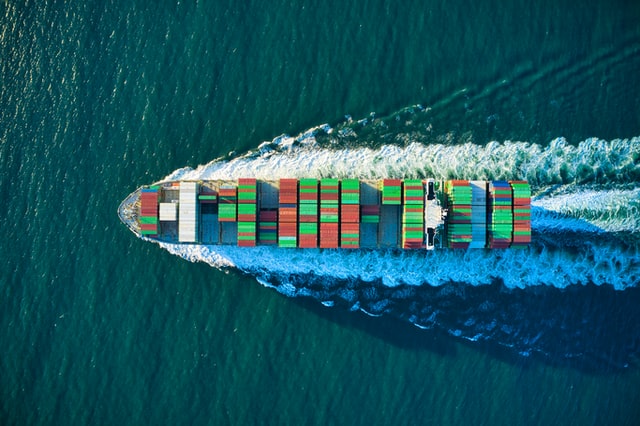-
Global freight forwarding market growth projected to be 12.0% in 2021
-
Market is due to be 2.3% larger in 2021 than its pre-pandemic peak in 2019
-
In the first half, the airfreight forwarding market grew by 26.0%, faster than sea freight which grew by a still strong 10.3%
-
Freight forwarding market is expected to grow by a CAGR of 5.1% from 2020 to 2025
The global freight forwarding market is expected to show a very strong recovery in 2021, with a growth rate of 12.0% for the full year, according to Transport Intelligence’s (Ti) latest market forecasts.
The annual growth is driven by an especially strong first half of 2021, with growth of 19.0% resulting from the economic rebound from Covid-19, according to Ti’s Global Freight Forwarding Forecasts 2021-2025.
Although growth has slowed through the second half of 2021, the total market is still expected to be 2.3% larger by the end of the year than it was in the pre-pandemic era of 2019.
Strong recovery in the forwarding market has been built on a base of fiscal support packages implemented throughout 2020 and the reopening of economies which boosted consumer demand in the first half of 2021.
Nick Bailey, Ti’s head of research, said: “It’s been a year of rapid growth for the global freight forwarding market, driven by a potent mix of sky-high demand, capacity constraints and increased activity post-pandemic. The Covid-19 pandemic, however, is still causing disruption to supply chains and global trade, slowing the economic recovery in the short term, and as a result still has the potential to cause significant headwinds to growth.”
For the full year 2021, global GDP growth is predicted to rebound with real growth of 5.9%. Rapidly recovering consumer demand promoted a surge in global trade, resulting in very low inventory levels which shippers have been working to replenish amid a market with severe capacity constraints. This has led to high demand for airfreight services throughout 2021 and especially in the first half of the year.
The airfreight market also continues to benefit from improved cost-competitiveness relative to sea freight, despite historically high airfreight rates. According to IATA, the average price to move air cargo was 12.5 times more expensive than sea shipping before the Covid crisis, whereas in September 2021 it was only three times more expensive.
This new dynamic has driven a greater use of the airfreight market and pushed airfreight forwarding growth up to 26.0% in the first half of 2021. Although sea freight didn’t grow as rapidly, it still achieved 10.3% growth over the same period.
However, the market has been facing headwinds with bottlenecks and supply chain disruptions weighing on global economic activity. Advanced economies have been experiencing supply disruptions throughout the year, which are likely to continue in the short term, whereas low-income developing countries have been faced with worsening pandemic dynamics. These headwinds are reflected in the slowing pace of growth through the second half of 2021.
Looking ahead, Ti forecasts that the market will grow at a 2020-2025 compound annual growth rate or CAGR of 5.1% as the global economy and trade recover from the Covid-19 pandemic. The growth forecast is driven in large part by Asia Pacific and North America expansions over the period which have CAGRs of 6% and 4.9% respectively, serving to highlight the importance of those regions to the global market.
The air forwarding market is forecast to have slightly faster growth, expanding at a 5.6% CAGR over the period, while the sea forwarding market is expected to grow slightly less quickly at a 4.5% CAGR out to 2025.
Growth over the forecast period will be modulated by the ongoing recovery from the pandemic, but despite some new lockdowns to deal with new variants and spikes in infections, global trade growth has accelerated significantly in 2021. The WTO expects global merchandise trade over the five years to 2025 to return closer to historical averages, with slight growth in 2022, helping to support growth in freight forwarding.
Finally, over the period to 2025, the capacity constraints and supply chain bottlenecks that have been a feature of the global logistics market in 2021 will dissipate. This will result from both the above-mentioned return of demand and trade levels to historical averages, as well as a normalization of the capacity situation on air and sea freight markets.
Photo by Cameron Venti on Unsplash





